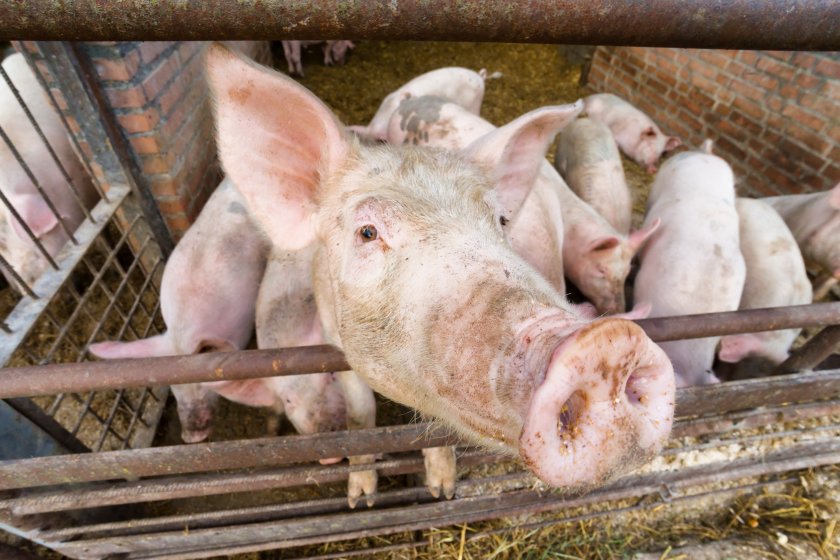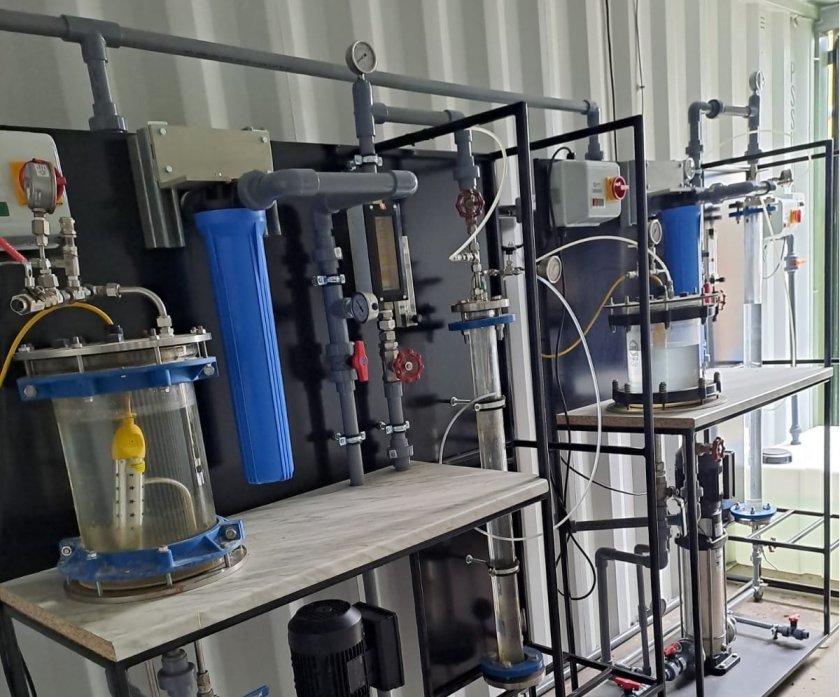
Testing has begun as part of a project aiming to reduce the environmental impact of livestock emissions after ammonia-harvesting technology was put in place on a pig farm.
The PigProGrAm scheme is demonstrating a solution for the harvesting of green ammonia from pig waste that could also lead to the creation of hydrogen, a valuable tool in the fight against climate change.
The project, which is running trials on a North Yorkshire pig farm, will look at multiple areas of pig production, including feed, to help create a more sustainable sector.
Agriculture is a major source of ammonia emissions which can impact negatively on biodiversity through nitrogen accumulation on land and acidification of water courses.
Launched by the AHDB, Beta Technology, the University of Leeds, and Duynie Feed, the scheme is backed by £600,000of government money,
The newest partner, Membracon, specialises in water treatment, clean water recycling and effluent solutions.
Its downflow gas contactor (DGC) is a patented technology that excels in a wide variety of gas separations applications, such as industrial carbon capture, as well as biogas enhancements.

The innovative technology was installed last month on the North Yorkshire pig farm.
Aman Sohl from Membracon said: “The DGC will be used on this project to help generate a route for the livestock sector to become truly sustainable; considering the true practices of a circular economy, while retaining a sound financial profile to continuing operations.”
Harvesting ammonia from pig waste means that ammonia emissions will be lower, and the by-product from the process creates a resource that can be used as a high-quality fertiliser as well as potentially generating hydrogen.
Zanita Markham, projects manager at AHDB, said the scheme would be the first stage of a larger demonstration of the potential of this innovative approach to harvesting green ammonia from livestock.
She said: “The project is a step forwards in helping reduce the environmental impact of pig farms which not only enables us to keep meeting targets but could have a significant positive impact on the public perception of pig farming.”
